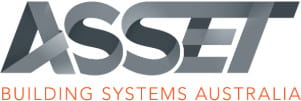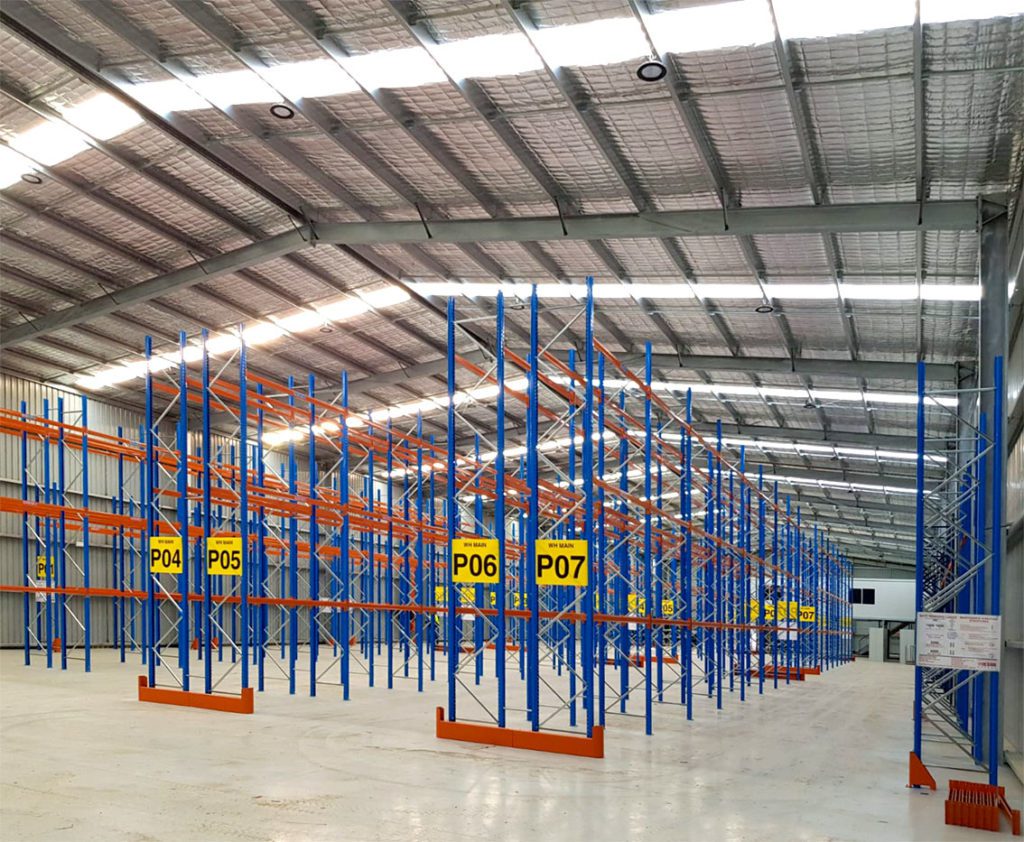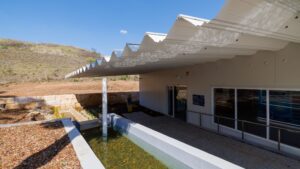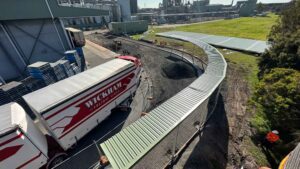Constructing an industrial warehouse could be the best business decision you make. A warehouse is an affordable and functional workspace solution. It allows you to expand your business, keep supply chains running and protect your goods and machinery. A warehouse can also be very convenient. Most are located close to roads, rail or waterways allowing you to move goods easily. And an Asset Building warehouse will be structured exactly as you want, whether it is commercial warehouse construction or industrial, so it suits your business perfectly.
Uses for industrial sheds
Industrial sheds are used for a variety of purposes including:
Storage warehouse – Storage of goods and equipment is important for industrial operations. Such warehouses should be built with high-grade structural steel so your goods and equipment are kept safe and secure.
Processing plant – Able to be fully customised, industrial warehouses make ideal processing plants. You can allow for the specifics of your operation including transport access.
Aircraft hangars – Whether flying a small single-engine plane or a commercial-sized aircraft, reliable cover and storage is critical. Read more about this type of warehouse here.
Refinery facilities – A customised industrial warehouse allows for the safest and most practical design.
Machinery storage – From small-scale industry to entire logistics operations, it’s important to keep your machinery secure and protected from the elements.
Industrial workshops – Workshop spaces often require unique elements like gantry cranes and additional access points.
Wash bay shed – Satisfying the requirements of the EPA (Environment Protection Authority) can be made easier with a shed over your washbay area.
Water process equipment shed – From Municipal to manufacturing wastewater there is always need to cover expensive treatment pumps and processes.
But if you’re looking to construct an industrial warehouse, chances are you’re searching for some clear information about what’s involved, including the cost.

What to Consider Before Constructing an Industrial Warehouse?
There are so many variable factors involved in building a warehouse. It can become overwhelming. And most warehouse builders won’t give you an idea of where to even begin with cost. But we understand that cost plays a major part in your decision making. A warehouse needs to meet your needs but also suit your budget. So below we’ve set out a guide that can help you decide which sort of warehouse is right for you and your wallet.
Firstly, let’s get straight to cost. The table below gives you a rough idea of industrial warehouse construction cost per square metre. However, as we will outline below, each project is subject to a number of factors that can impact the cost of construction.

*These prices are a guide only. They are base prices and do not take into account all influencing factors.
Before warehouse construction even begins, many factors will influence the cost. These include:
- Size and Shape of Warehouse
- Location of Warehouse
- Council Restrictions
- Type of Warehouse
- Objective of Building a Warehouse
- Site Conditions
- Land cost
- Council fees
- Labour cost
- Construction materials
The process of building an industrial warehouse
Building an industrial warehouse is a big undertaking and it can seem overwhelming. Where do you start and what exactly is involved?
Site evaluation, design and planning – This involves a comprehensive assessment of your requirements, site conditions and goals.
Gaining approvals – It helps to have an experienced warehouse builder guiding you through this part to avoid delays.
Timeline Requirement – This is an important stage that sets a realistic construction schedule in order to deliver your warehouse in a timely manner.
Foundations – The foundations of the building should be appropriate for the use, ensuring industrial loads can be handled.
Site Management and Safety – This is a critical factor that needs to be overseen by professionals to ensure that regulations are being adhered to and that everyone on site is kept safe.
Frame and purlins – Your industrial warehouse will take shape during this stage and you’ll get a realistic insight into the finished product.
Warehouse roof and metal sheeting – This is the final stage in building the structure.
Fit out and site clean up – The fitout is completed ready for your warehouse to be used.
Inspections and compliance – Before you can occupy the building, inspections need to be carried out to ensure it’s compliant with all building regulations.
Our blog “The Guide to the Commercial Shed Build Process” will give you more information about what to expect from your industrial warehouse build as the process is the same.(check this)
Industrial shed fabrication
An important decision you’ll have to make is whether to use precast or tilt up panels for your industrial warehouse.
Precast panels are made in a factory and then moved to the construction site for putting together. Tilt up panels, on the other hand, are made right at the construction site. Concrete is poured into moulds, left to harden, and then the panels are lifted into position with a crane.

There are advantages and disadvantages to both types of fabrication.

Industrial shed design
The beauty of a custom designed industrial warehouse is that you have input into the design so that you get the best use out of it. You want to optimise it for both efficiency of operations and potential for growth. Things like heavier loads, large scale machinery and equipment, and expansive interior spaces need to be considered in light of industrial operations. Some common styles of industrial warehouses include:
- Portal frame design
- Clear span design
- Steel arch design
When making your decision about the design, consider the following top three factors:
- Functionality and operational needs
- Site conditions and constraints
- Budget and cost considerations
The choice to build an industrial warehouse is an important milestone to help your business grow. By considering the information outlined in this guide, you’ll be able to make a decision that aligns with your practical and financial goals, as well as your budget.
If you’d like more advice or help with getting your industrial warehouse built, get in touch with the Asset Building team.




